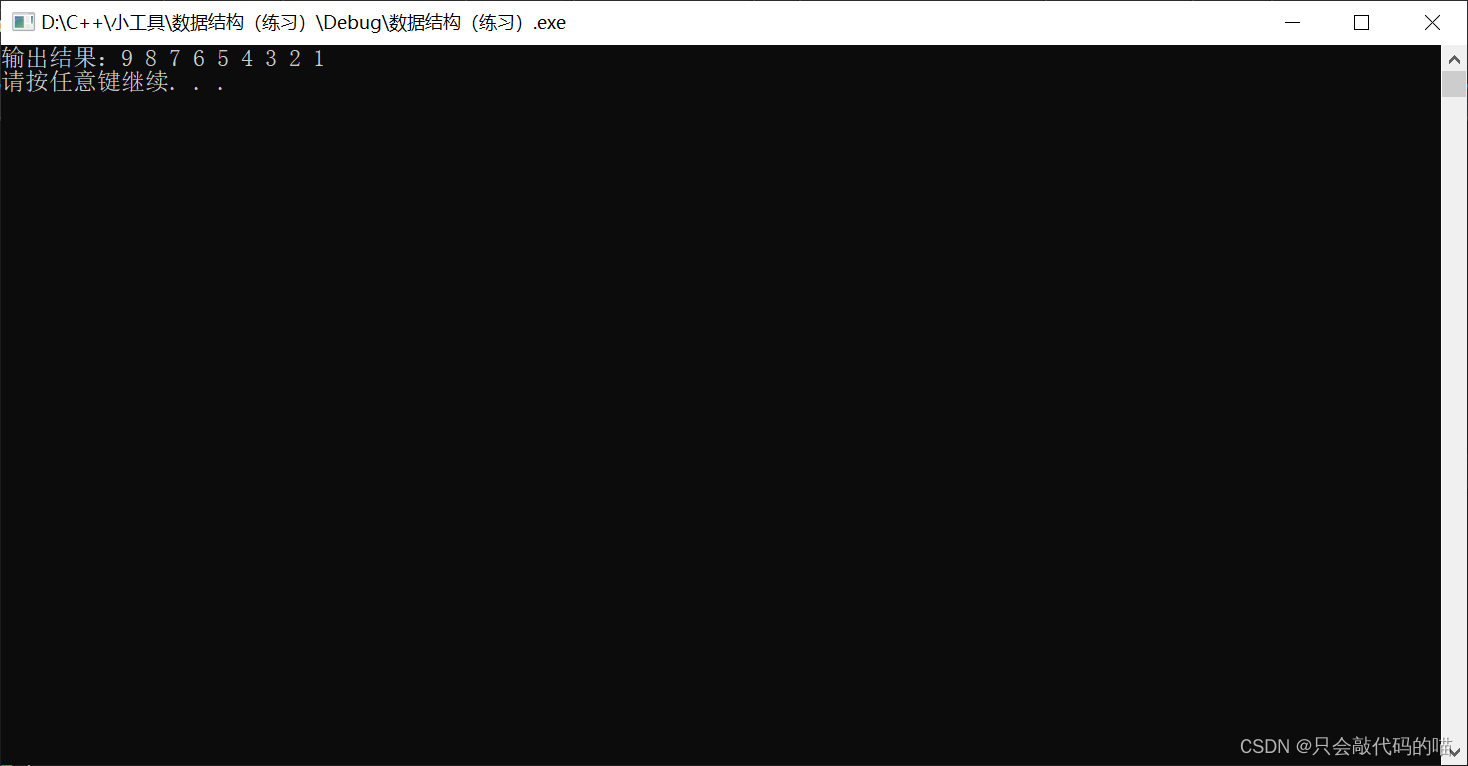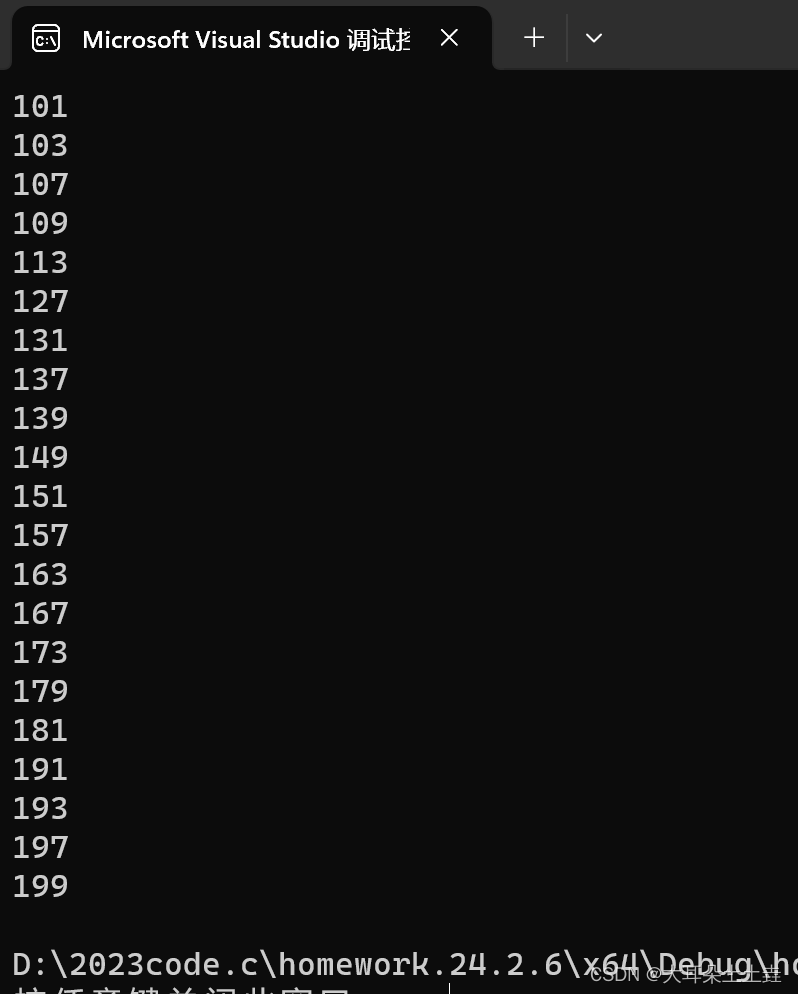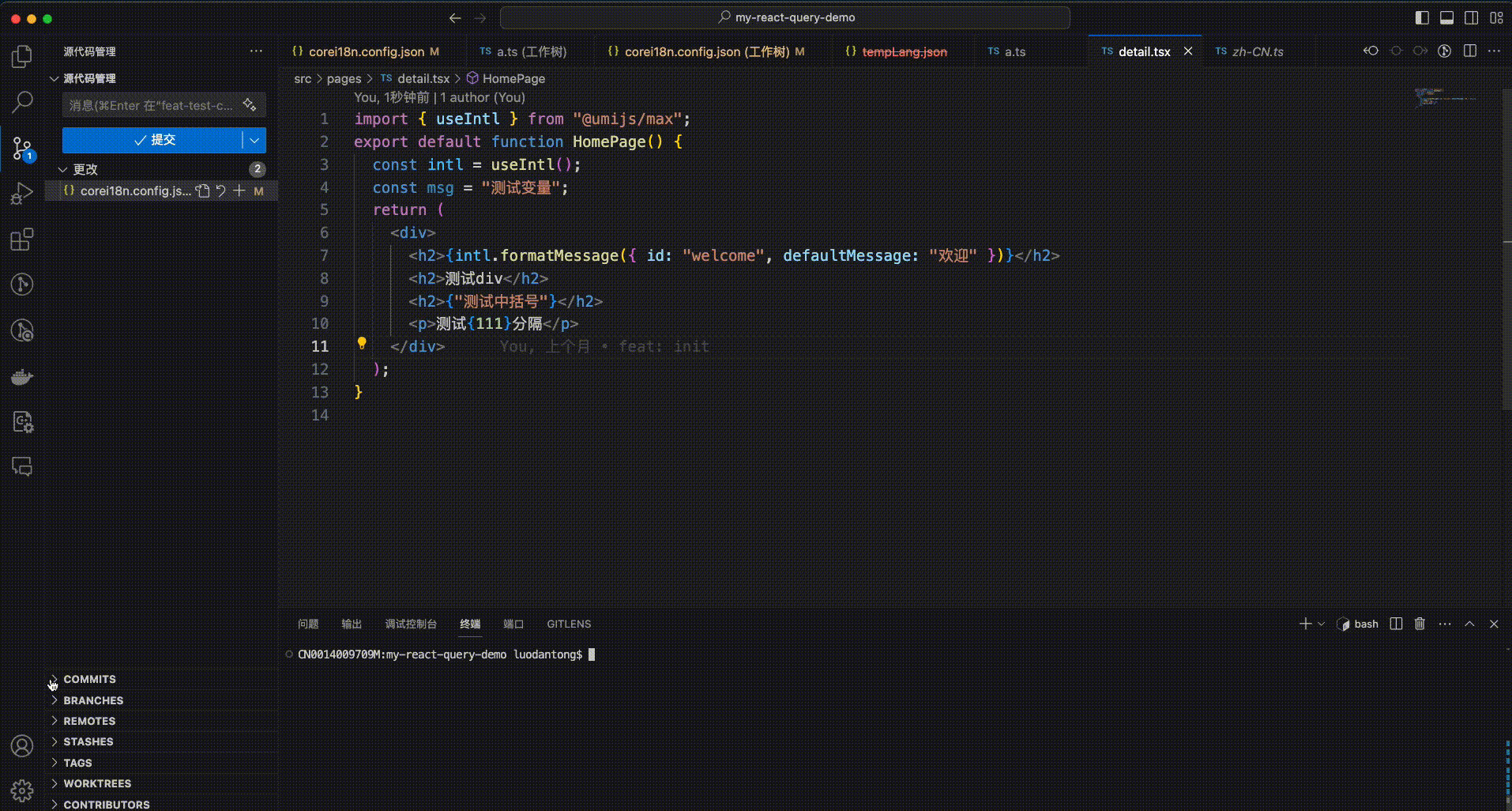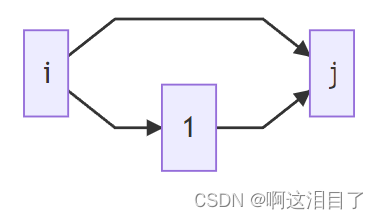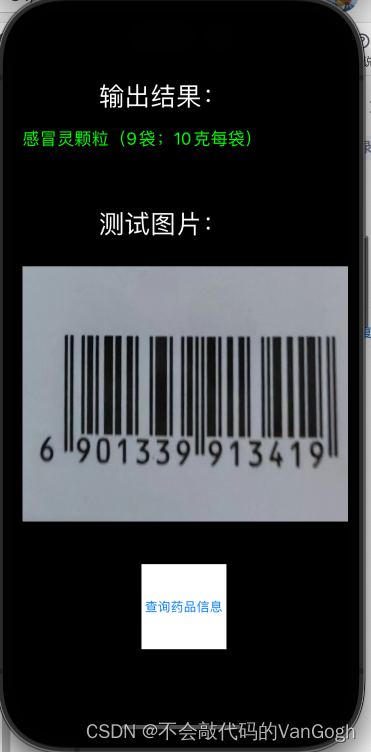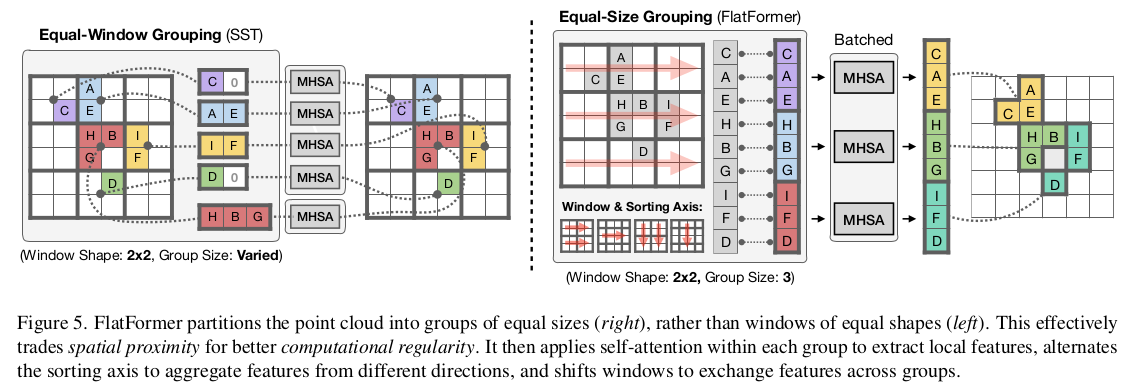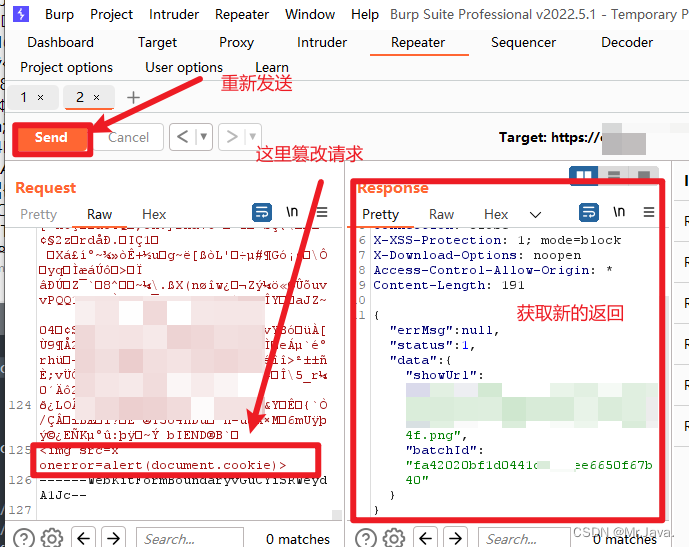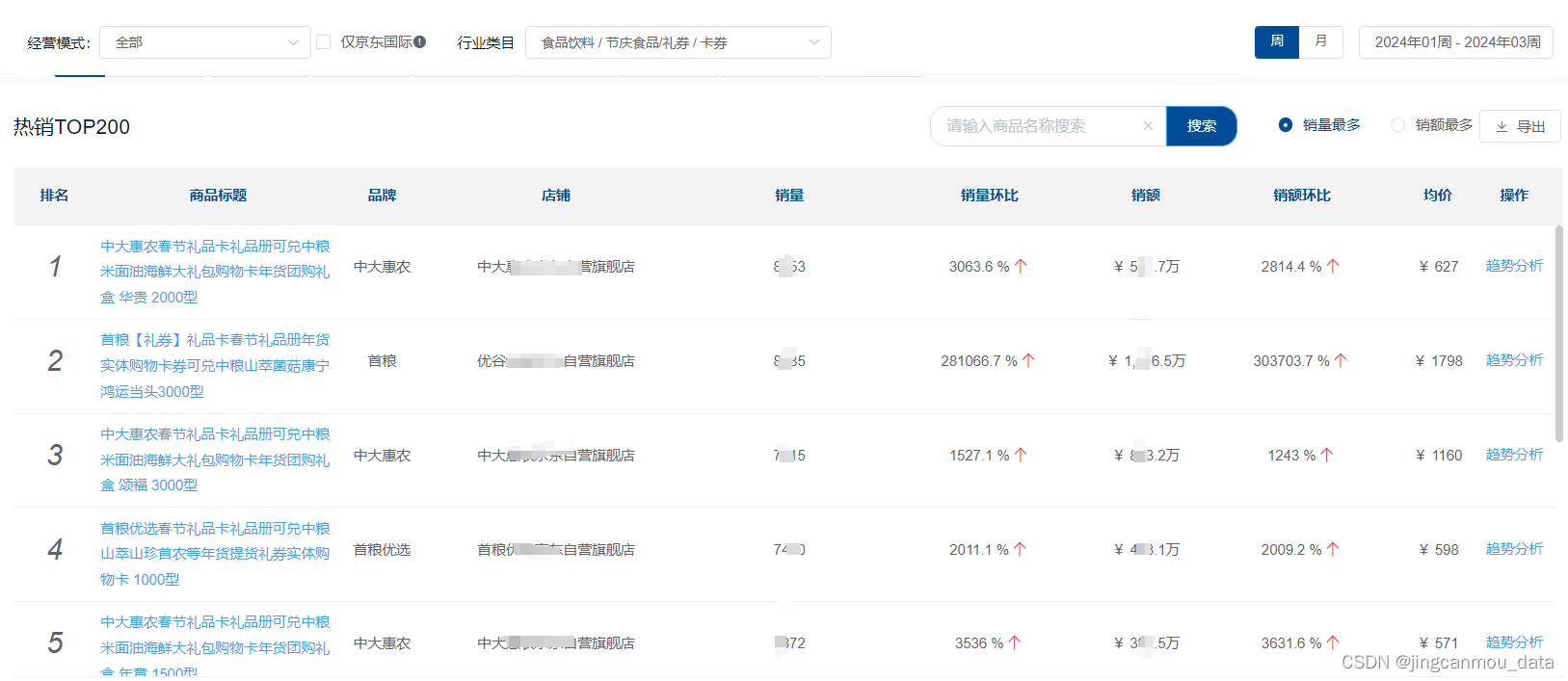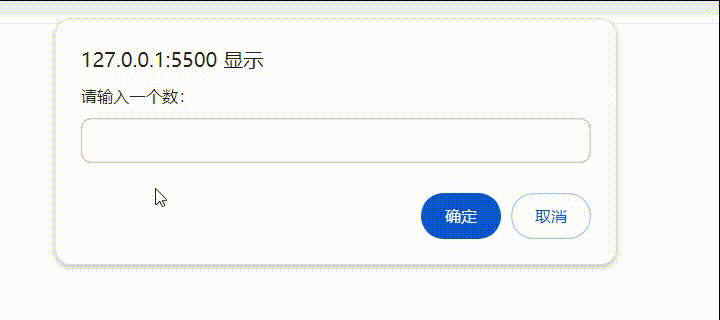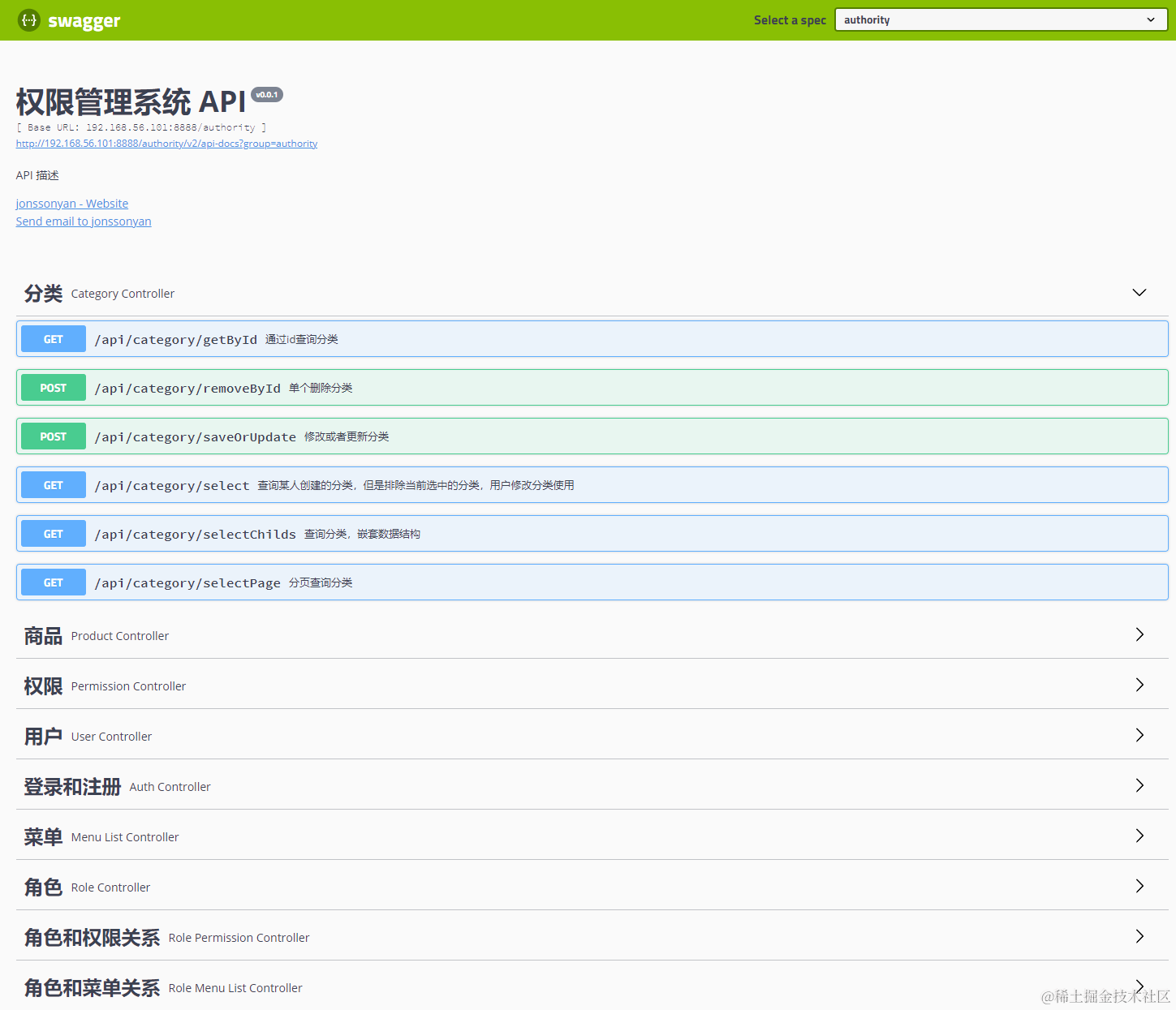目录
前言
概述
源码:
主函数:
运行结果:
编辑
前言
今天简单的实现了栈,主要还是指针操作,soeasy!
友友们如果想存储其他内容,只需修改结构体中的内容即可。
哈哈,要是感觉不错,动动发财的小手,点个赞,添个收藏,加个关注吧😀😀😀
概述
栈(Stack)遵循先进后出(LIFO,Last-In-First-Out)的原则。类比现实生活中的栈,我们可以将栈想象成一叠盘子,只能从顶部放入或取出盘子。
栈有具有入栈(Push)和出栈(Pop)两个基本操作:
- 入栈(Push):将元素放入栈的顶部。
- 出栈(Pop):从栈的顶部取出元素,并将其从栈中删除。
栈通常有一个指针,指向栈顶元素的位置。初始时,栈为空,指针指向空位置。进行入栈操作时,指针向上移动,指向新入栈的元素;进行出栈操作时,指针向下移动,指向新的栈顶元素。
源码:
class STACK
{
struct data
{
int num;
struct data* pre, *bk;
};
struct data* top, *button;
public:
STACK(){
top = button = (struct data*)malloc(sizeof(struct data));
button->pre = nullptr;
}
~STACK(){}
void push(int data);
int pop();
};
void STACK::push(int data){
top->bk = (struct data*)malloc(sizeof(struct data));
top->bk->pre = top;
top = top->bk;
top->num = data;
return;
}
int STACK::pop()
{
if (top != button)
{
button->num = top->num;
top = top->pre;
free(top->bk);
return button->num;
}
else
{
return -9999999;
}
}主函数:
#include<stdio.h>
#include<iostream>
using namespace std;
#include"dataStructAPI.h"
#include"sort.h"
#include<windows.h>
int main()
{STACK stack;
for (int i = 1; i < 10; ++i)
{
stack.push(i);
}
cout << "输出结果:";
for (int i = 1; i < 10; ++i)
{
cout << stack.pop() << " ";
}
stack.~STACK();
cout << endl;
system("pause");
return 0;
}
